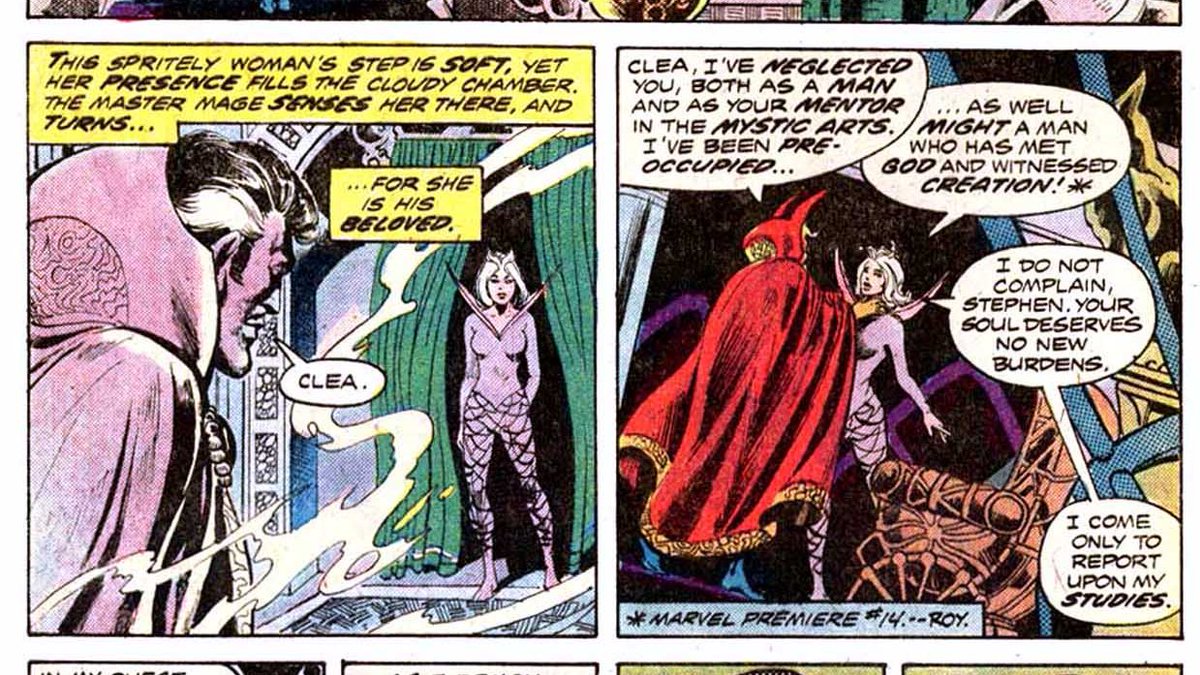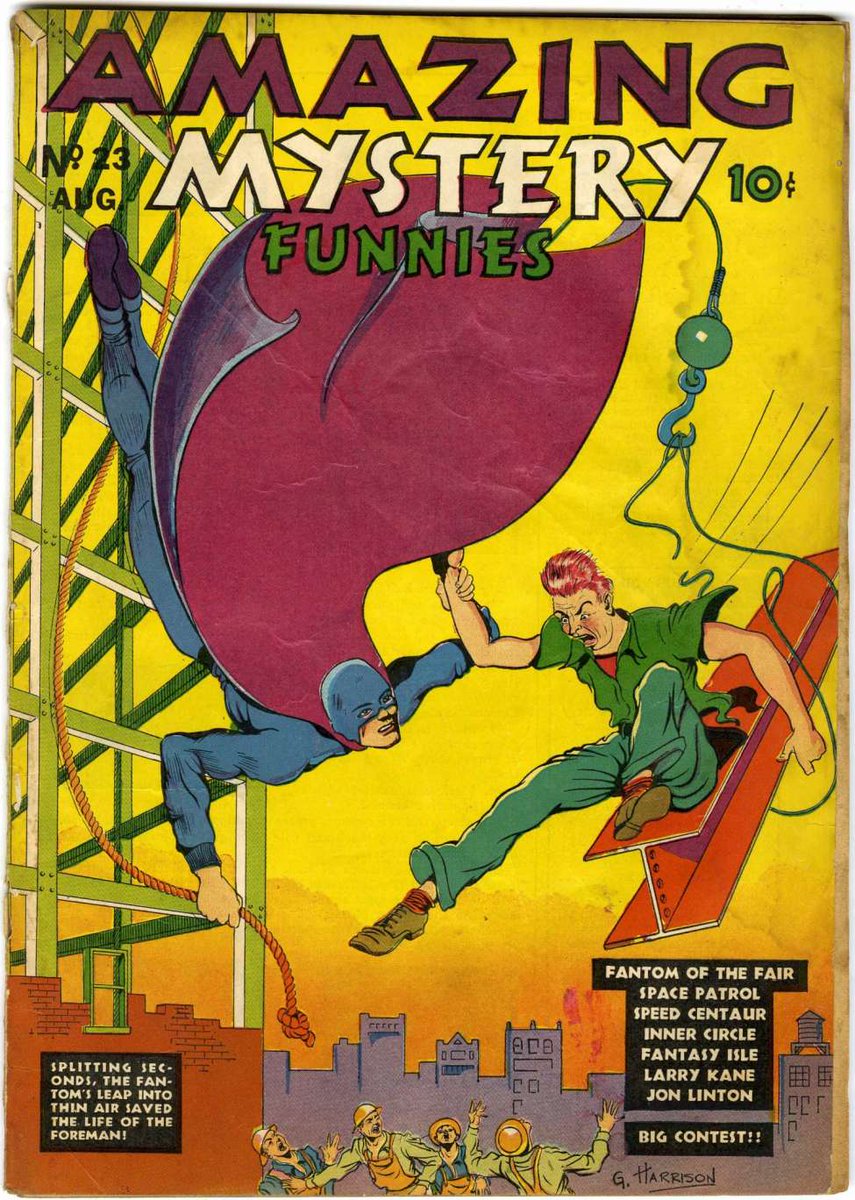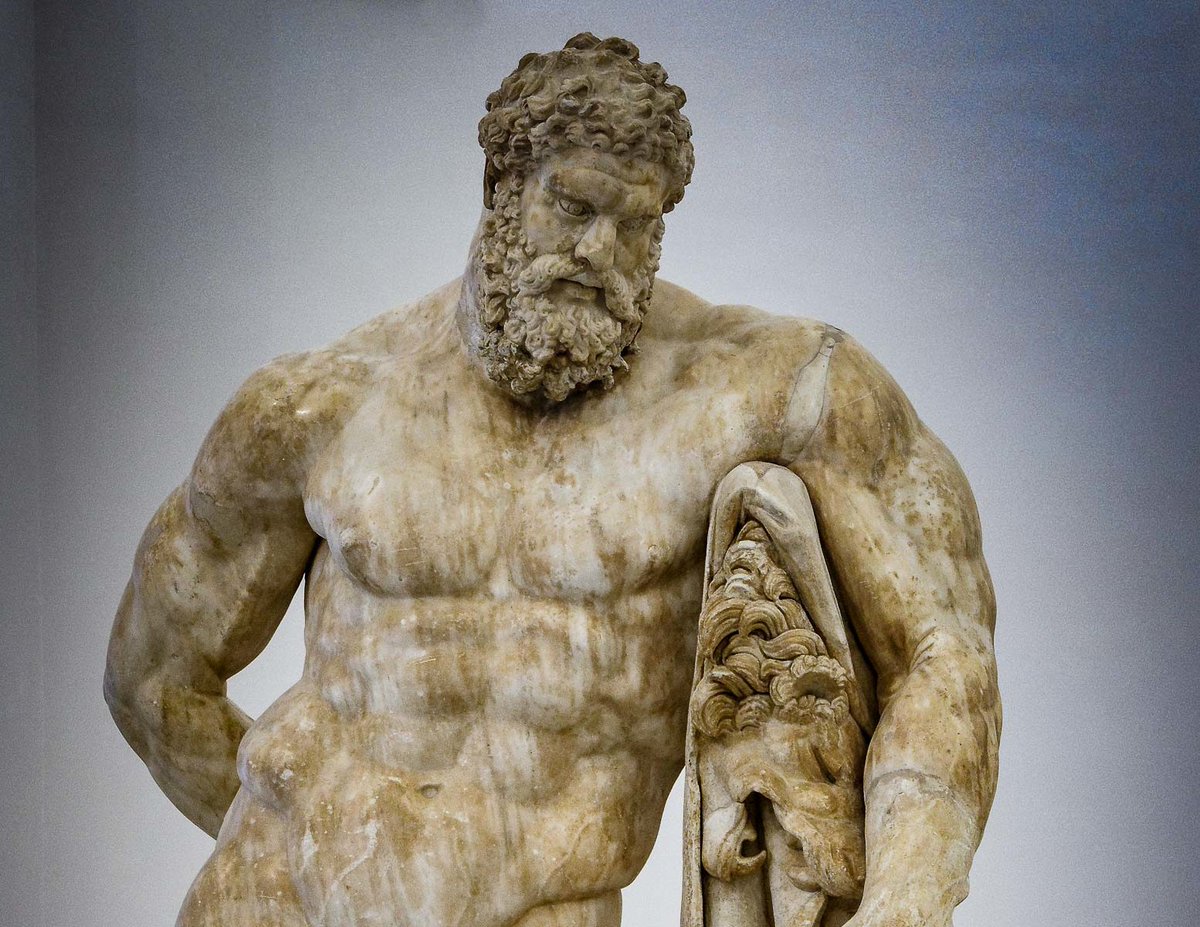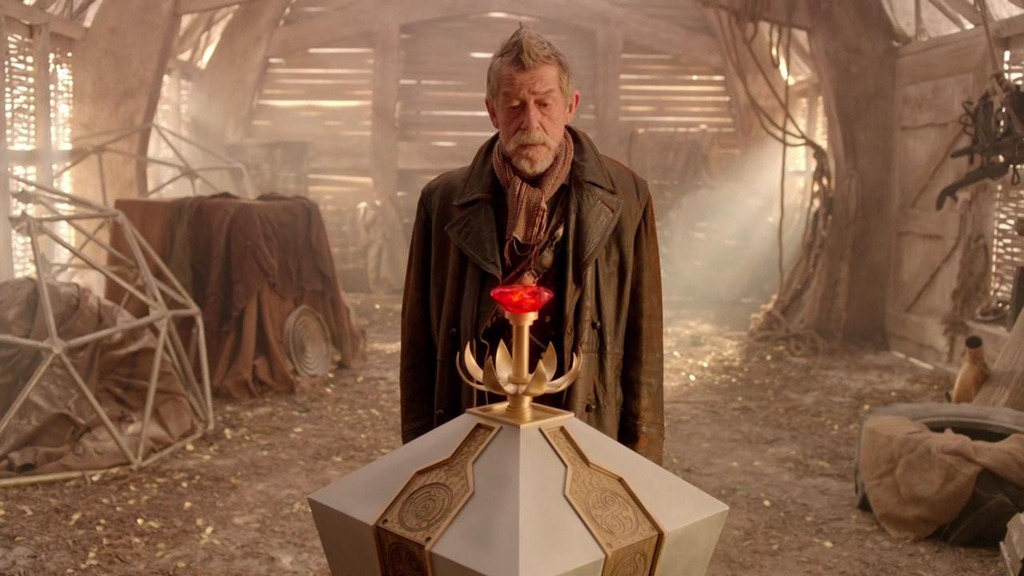
Earth Spider Picture Scroll from Tokyo National Museum
Tsuchigumo, a spider-like spirit, here in the guise of a lovely woman, encounters Minamoto no Yorimitsu. Sensing danger, he strikes at her with his sword, and she disappears. He pursues her into caves in a mountain.
Tsuchigumo, a spider-like spirit, here in the guise of a lovely woman, encounters Minamoto no Yorimitsu. Sensing danger, he strikes at her with his sword, and she disappears. He pursues her into caves in a mountain.

Inside the pursuers find, not a lovely lady, but an enormous spider. The tsuchigumo is slain, with lead to skulls and smaller spiders coming from the body.
*Source: Dailyartmagazine.com
*Source: Dailyartmagazine.com

In another tale, Yorimitsu meets an entire yokai army, but attacks the female general. The blow striking, the illusion is broken - the entire army was but a glamor. Again, she is pursued to her cave and slain in her true form of the giant spider
*Source: yokai.com
*Source: yokai.com

A triptych of the Tsuchigumo story by Toyohara Kunichika
From Toshidama Gallery:
The name "Tsuchigumo" was the name given to a cave-dwelling people in northern Japan who were exterminated. Folklore built on that, exaggerating their attributes.
From Toshidama Gallery:
The name "Tsuchigumo" was the name given to a cave-dwelling people in northern Japan who were exterminated. Folklore built on that, exaggerating their attributes.
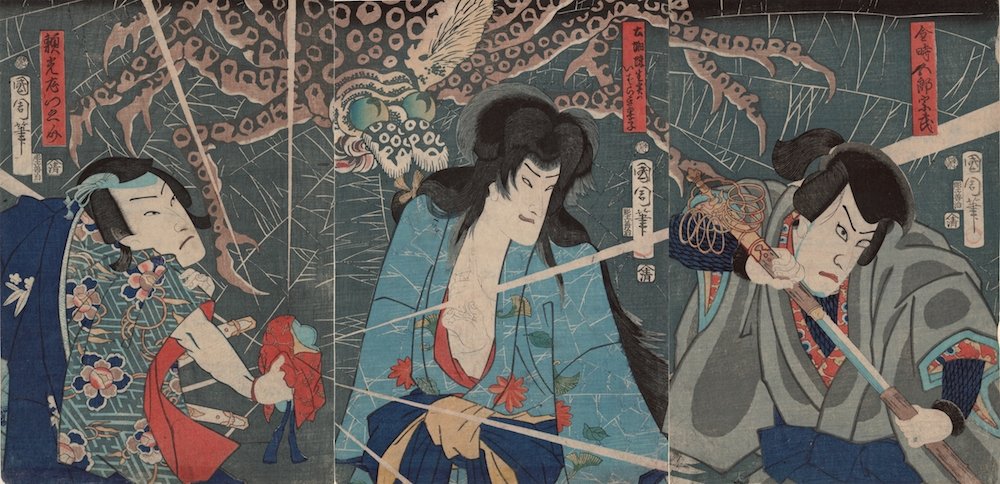
The story also has Yorimitsu struck down with illness while tracking the demon spider, and a priest visits him each night with medicine. Using a mirror, the priest is revealed to be another form of the Tsuchigumo.
Yorimitsu's sword become Kumokirimaru, the Spider-Cutter
Yorimitsu's sword become Kumokirimaru, the Spider-Cutter

Here is another image of the tale, this one is in the Museum of Fine Arts in Boston, by Katsukawa Shun'ei from 1806. 

Here is an engraving from the 1890s of the story by Chokusan Negishi, from woodblock and printed to paper. 
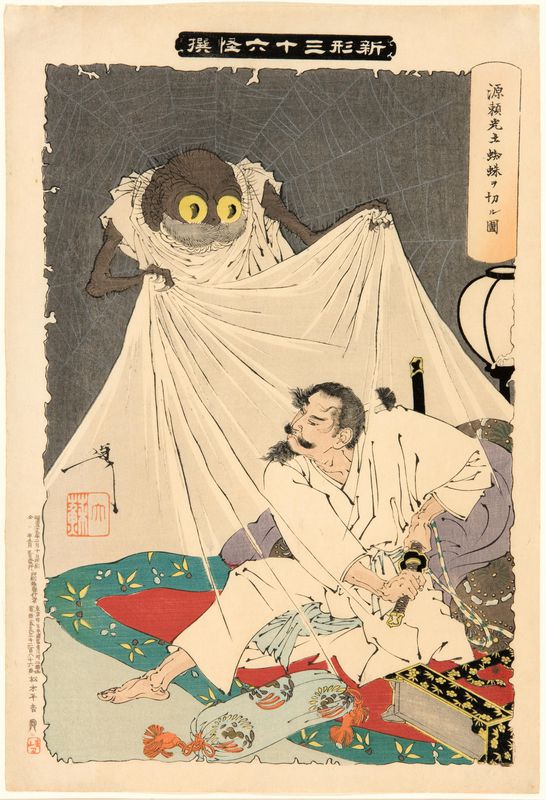
From Kabukilive.wordpress.com
When the spider is fought in the final portion of Kumo no Ito...the special sword Kumokirimaru used by Yorimitsu to attack the spider in the end is the symbol of this (Tokugawa) legitimate power
When the spider is fought in the final portion of Kumo no Ito...the special sword Kumokirimaru used by Yorimitsu to attack the spider in the end is the symbol of this (Tokugawa) legitimate power
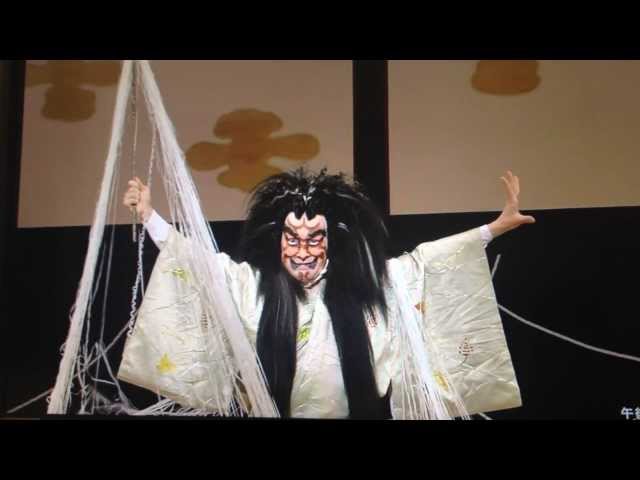
More Tsuchigumo images from Pinterest (I don't have attributions). Spiders and deceit and lovely ladies, and the caves where once aboriginal people lived but live no more. 



• • •
Missing some Tweet in this thread? You can try to
force a refresh


